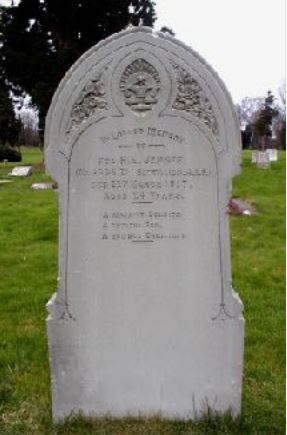21st Battalion, Australian Infantry

Harry Everett Jenner was born at Midura, Victoria, Australia in 1892. Midura is situated on the Murray River, in the north-west of the State. By the time of the Great War his father had died and his next of kin was his mother, Mrs A Jenner, who lived at Nicholls Point, Midura.
Prior to his enlistment Harry was a fruit grower and horticulturalist, who had spent six months in the Volunteer Cadets. He was aged 22 years and 11 months when he enlisted at Melbourne on 13 July 1915. He spent the following months in training before embarking for Europe on the HMAT Warilda, sailing from Melbourne. His record does not indicate the date of his arrival in England or subsequent transfer to France. However, it does note that from 26 June to 1 August 1916 he was temporarily appointed to Corporal, whilst with the 1st Anzac Ent Bn (possibly an Entrenching Battalion).
He was taken onto the strength of the 21st Battalion, Australian Infantry (part of 6 Brigade, 2 Australian Division) on 4 August 1916, at about the time when it would see fierce action at Pozieres and Mouquet Farm, in the second month of the 1916 Somme Offensive. Whilst fighting just south of Mouquet Farm on 26 August Harry sustained serious wounds to his back and pelvic area, the result of shelling. He was transferred to a base hospital at Rouen, where, on 1 December 1916 it was reported to the Red Cross that ‘he was suffering from multiple wounds, which are now healing rapidly but is not yet off the danger list’.
On 6 December 1916 it was decided that he was in a stable enough condition to be evacuated to England and he crossed the Channel on the Hospital Ship St George and was admitted to the VAD Hospital at Exeter on 7 December 1916. For reasons unknown, he was transferred to the Great Western Red Cross Hospital in Gloucester on 12 January 1917 and on the 18th he underwent an operation to remove dead bone and it was considered that he stood up to this well. The Red Cross recorded on 19 January: ‘a serious case but by no means hopeless, with fractured pelvis and wound to lower part of back: has just had operation and there is certainly some improvement: very best care and attention (being given) and under clever surgeon’.
Sadly, Harry’s condition did not improve; certainly his soldiering was over and his discharge from the Army had been confirmed. On 26 May 1917 the Commandant of the Hospital, Alice G Lee-Williams wrote: ‘we all loved the dear laddie so much — his patience and pluck were marvellous: everything possible was done for him but from the first his condition was considered most grave’.
The exact cause of Harry’s death at the Red Cross Hospital, Gloucester on 22 March 1917, aged 24, is not known. Possibly his resistance was very low after so many months of being in hospital and his wounds may have become infected, in the days before antibiotics there was always a high risk of this. A couple who lived in Guernsey, Mr and Mrs E C De Garis, were long standing friends of the Jenner family and had visited Harry about three weeks before his death, staying for a few days.
Harry Jenner’s funeral took place at the Northgate Wesleyan Church on 26 March and was reported in the Gloucester Journal of 31 March. Interment at Gloucester Old Cemetery was conducted with the usual military honours. However, there was a rather bizarre twist to his interment. On 2 July 1918 the Australian Imperial Force (AIF) Headquarters in London sent a letter to the Department of Defence in Melbourne notifying them that Private Jenner’s remains had been exhumed and transferred to another grave, as the original burial had been made in a grave where an infant had been buried some 43 years earlier. This was the fault of the undertaker. Mr De Garis supervised the re-burial and arranged for a stone headstone and kerbing to be placed on the grave. The kerbing is no longer present but the headstone remains in good condition. The inscription reads: ‘A valiant soldier; a dutiful son; a humble Christian’.

Researched by Graham Adams 29 October 2019 (revised)
